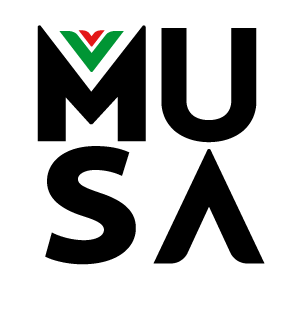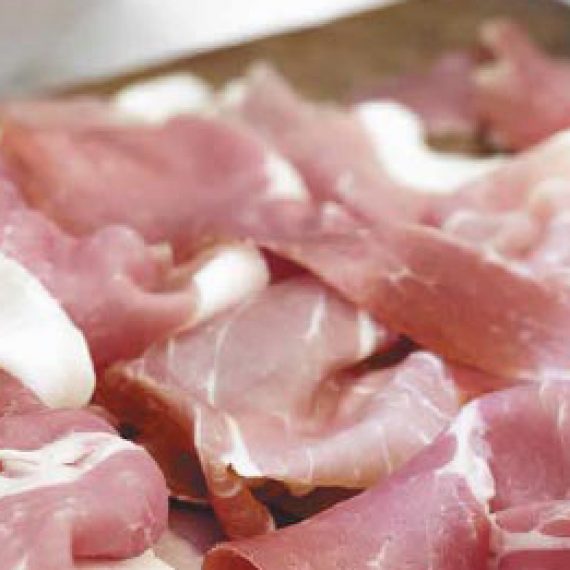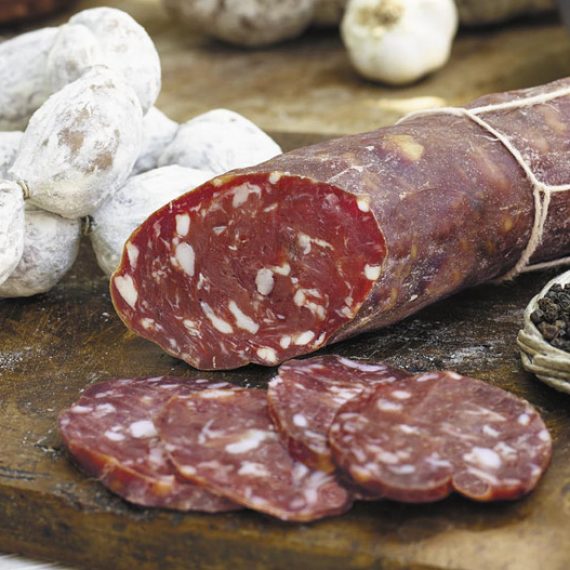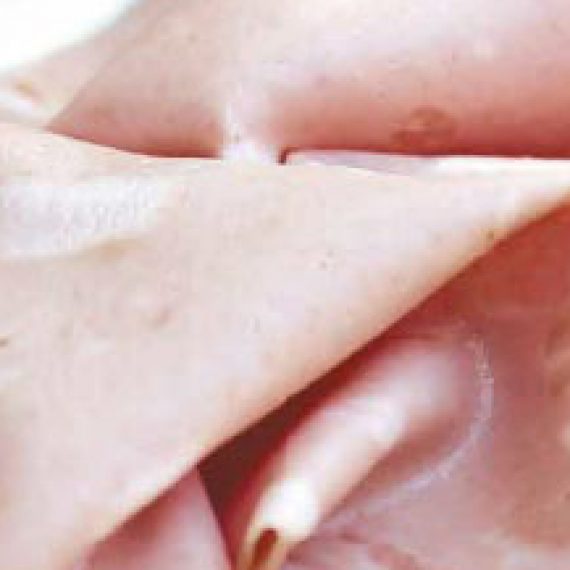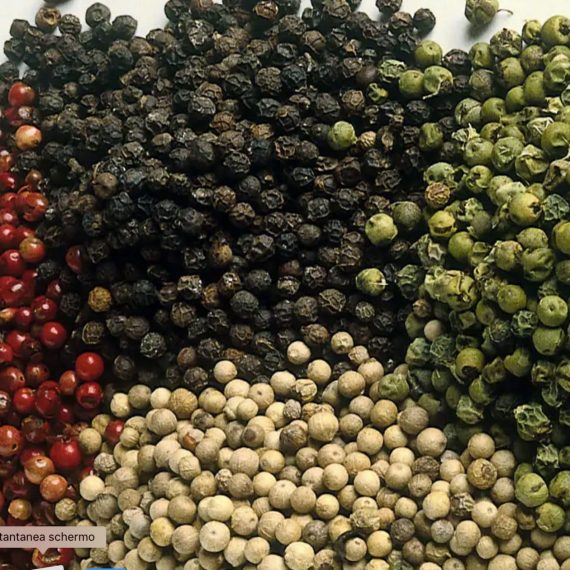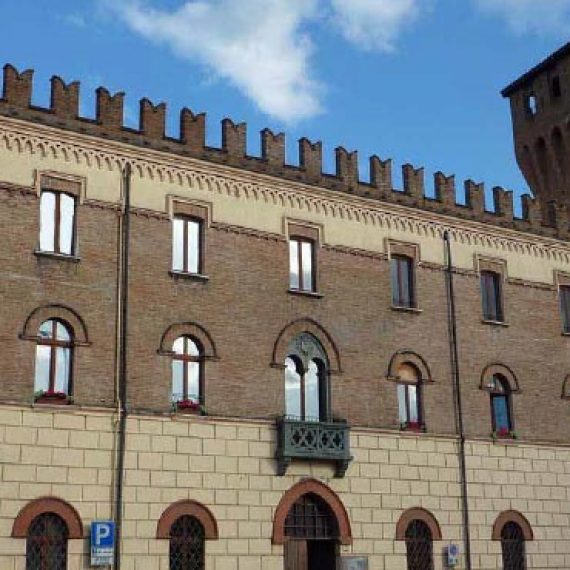The use of spices in charcuterie is very important and is also a delicate art since the quantity can easily alter taste and aroma. Delicatessen meats may be more or less savory, depending on the type, but they also need to release their fragrances: the scent of mortadella, taste of salami, delicacy of cooked ham, subtleness of cured ham (prosciutto crudo), aroma of coppa, or softness of pancetta.
Spices derive from plants that usually come from far and exotic places. They have been used since the beginning of time for their curative properties and flavor in foods. The most commonly used today are cinnamon, cardamom, saffron, dill, cloves, nutmeg, coriander, cumin, mustard, and various types of pepper. Aroma or herbs are plant based and include garlic, laurel leaf, basil, juniper, onion, oregano, parsley, and rosemary.
Spices awaken enchanting and mysterious images. They call upon far away lands, cultures, and civilizations that were unknown to Europeans and that were later “discovered” during the voyages of Chistopher Colombus and Vasco de Gama. In 1497 under the Portuguese crown, Vasco de Gama circumnavigated Africa in search of spices. Upon arrival in Calicut in 1498, the captain sent down his officer to explain the reasons of his mission to the native people: the search of Christians and spices.
Since Ancient times, spices have had therapeutic properties; they were used in medicine to cure diseases and relieve pain. However, the effectiveness of spices was not a precise science. Spices were widely used across lands and cultures; they are mentioned in Cantico dei Cantici, in Egyptian papyrus, and in Ayurvedic medicine. Also, since spices and herbs were found in nature and chemicals were yet to be developed, people searched, picked, experimented with these herbs, and therefore created a culture of using nature’s elements.
Moreover, spices were widely used in food preparation in Roman times. Romans had a deep appreciation for pepper, for instance, Apicio wrote about the spice in numerous recipes and Pliny the Elder, a naturalist, inquired about why it was so well liked. Thanks to the Roman Empire’s geographical location, trading posts on the Red Sea, and commercial relations with India, pepper and other spices circulated widely. India was an exporter of pepper and ginger, and the Romans had the means to pay for these spices that were considered luxury goods.
During the Middle Ages, however, the usage of spices reached the middle classes. This cultural shift could be attributed to the increase in use of spices in medicine. In fact, it was believed that spices equilibrated moods in the body – more specifically the fluids that regulated moods. In other words, if these fluids were not in harmony, then bodily ailments could arise. Therefore, an adequate diet rich in spices contributed to stabilize and cure mood imbalances. For example, the custom of eating cured ham (prosciutto) with melon derives from the concept that the saltiness and warmth of prosciutto counterbalance the effects of melon, which is cold and humid.
Since the beginning of the 1300s, the existence of spice markets in cities and villages all across Italy and Europe is well documented. Consequently, specialized spice shops arose. Even the cuisine in those times was elaborate and rich with spices. Banquets followed ceremonious rules: meats were to be cut according to instructions and spices were abundantly used in refined meats, such as fish and game. Rarely could one find charcuterie, dried or smoked meats on banquet tables. Even meats preserved in spices were considered rustic.
For example, raw ham (prosciutto) is a delicacy today, but it was not served at the tables of noblemen who preferred fresh meat and game. Charcuterie was instead a food favored by the emerging urban class, artisan, traders, and well to do farmers. In fact, the guilds associated with charcuterie making flourished in cities, thereby giving rise to a middle class during Medieval times.
By the 1700s, the use of spices slowly declined as French cuisine became fashionable. It was elaborate but more delicate, and it favored the natural taste of main ingredients. The only spice that continued to be profusely used was pepper. Into the 1700s, the theory of mood equilibrium and spices was replaced by novel scientific methods in medicine.
